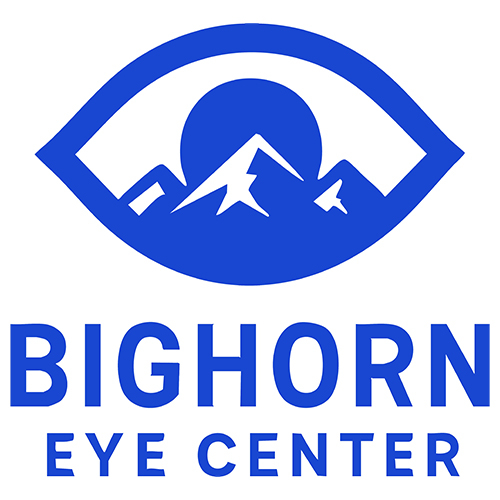Ptosis is a pathological eye condition in which the eyelid falls or droops. It is a condition that can affect adults and children (although it is most common in the elderly) and the degree to which the eyelid droops can vary from barely noticeable to completely covering the pupil (the black spot in the middle of your eye that allows light to enter). Fortunately, there is treatment for the condition.
Ptosis
Symptoms and Signs of Ptosis
Ptosis can be identified by an abnormal drooping of one or both of the upper eyelids. When it only affects one lid, you can notice that the two lids are not in alignment. Often an individual with ptosis will tilt their head backward or raise their eyebrows to see more clearly, which can eventually result in headaches or neck issues. Sometimes when the eyelid droops below the pupil, it is accompanied by obscured vision or causes other eye and vision problems.
What Causes Ptosis?
In adults, ptosis is most frequently a condition related to aging when the muscles responsible for controlling the eyelid, called the levator muscles, become weakened. Ptosis can also be a result of an eye injury or an after-effect of certain types of eye surgery.
In children, ptosis can be a congenital condition in which the levator muscles do not develop properly. If not treated this can lead to problems with the development with the child’s visual system and may cause amblyopia (lazy eye), astigmatism or strabismus (crossed eyes).
Treatment for Ptosis
Prior to a treatment plan, your doctor will complete a comprehensive eye exam along with some other tests to determine the cause of the ptosis. While the treatment does depend on the cause of the condition, surgery to repair the eyelid function is the most common treatment.
The surgical procedure, called blepharoplasty, repairs the levator muscle of the eyelid or attaches the lid to other muscles that can lift the eye (such as the forehead). In mild cases, small adjustments might be made to repair the muscle while other times additional procedures might be done such as removing some of the skin from the lid. The surgeon will determine what needs to be done to tighten the levator muscles or otherwise return the eyelids to their normal position. As with any surgical procedure there are risks to this surgery and in the most serious cases, movement may not return fully or at all to the eyelids.
In children, surgery is usually recommended to avoid potential or existing vision problems. This may come along with additional treatment for amblyopia or strabismus to strengthen the weak eye such as wearing an eye patch, eyeglasses or using eye drops. Any child diagnosed with ptosis will need to have regular evaluations with an eye doctor to monitor the condition and the child’s vision.
If you suspect you or a loved one may have ptosis, try looking at some old pictures to see if there is a noticeable change and of course make an appointment with your eye doctor as soon as possible to assess if there is a problem.
